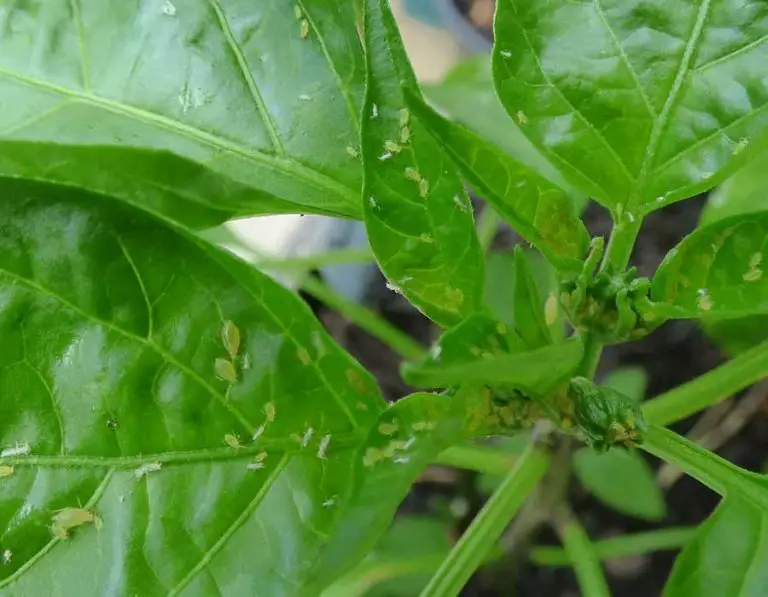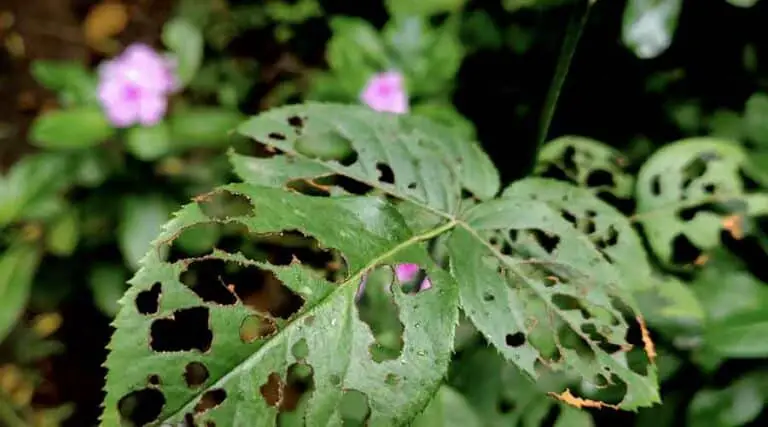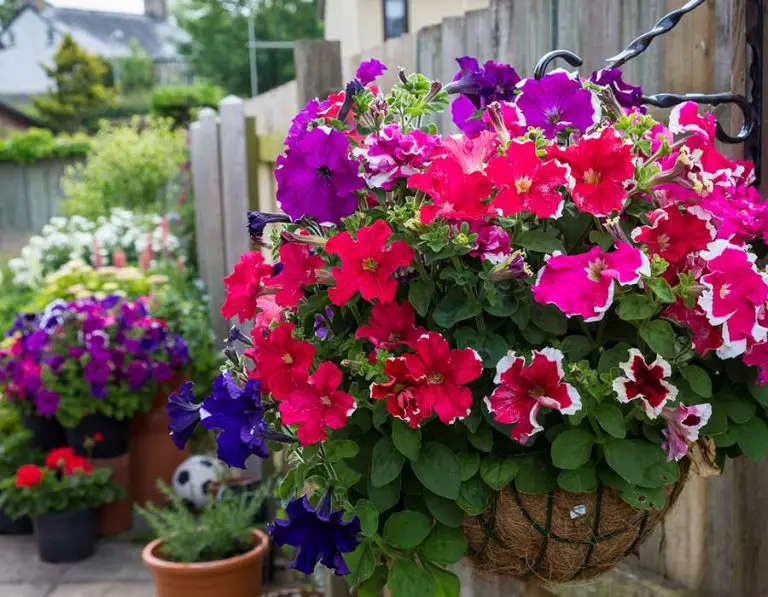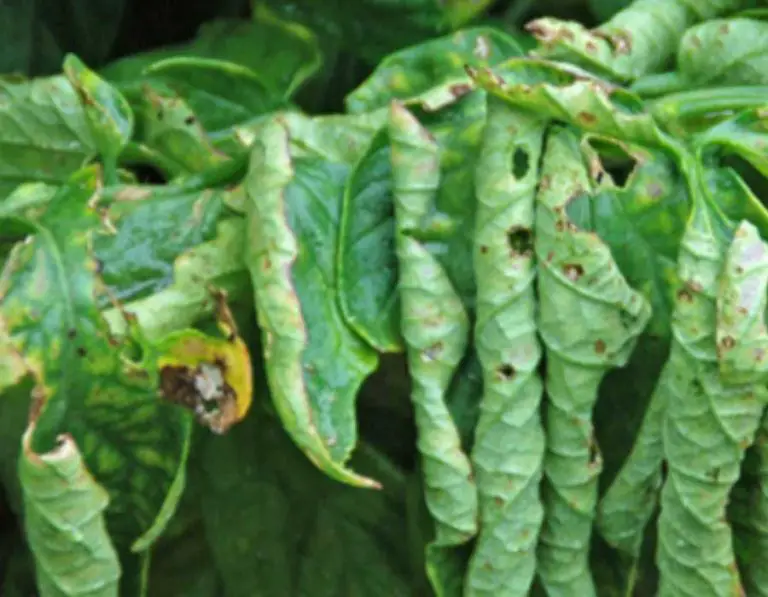What’s Eating My Marigolds? 7 Culprits And Easy Solutions
Marigold enthusiasts often experience the frustration of seeing their beautiful plants being ravaged by various pests. It’s essential to identify these culprits to protect the delicate blossoms from harm and ensure a flourishing garden.
Common pests that target marigolds include aphids, spider mites, and slugs. These creatures can cause visible damage to the plants, affecting both their health and appearance. By taking prompt action to address these issues, gardeners can preserve their marigold’s beauty and vitality.
In order to effectively protect marigolds from these pests, it is crucial to familiarize oneself with their habits and signs of their presence. This knowledge will empower gardeners to take appropriate measures in prevention and treatment, maintaining the pristine condition of their cherished marigolds.
Identifying Marigold Pests
Several pests are attracted to marigolds, and identifying them can help you protect your plants. In this section, we will discuss common marigold pests, including slugs and snails, aphids, birds, thrips, other animals, spider mites, and diseases.
Slugs and Snails
Slugs and snails feed on marigold leaves, leaving behind irregularly shaped holes. They often leave slime trails as they move, which can serve as a clue to their presence. To manage slugs and snails, consider using organic slug bait or barrier methods like copper tape.
Aphids
Aphids are small, pear-shaped insects that feed on plant sap. They can cause marigold leaves to curl or show yellow spots. You can control aphids by attracting beneficial insects, such as ladybugs or lacewings, or using insecticidal soap or neem oil.
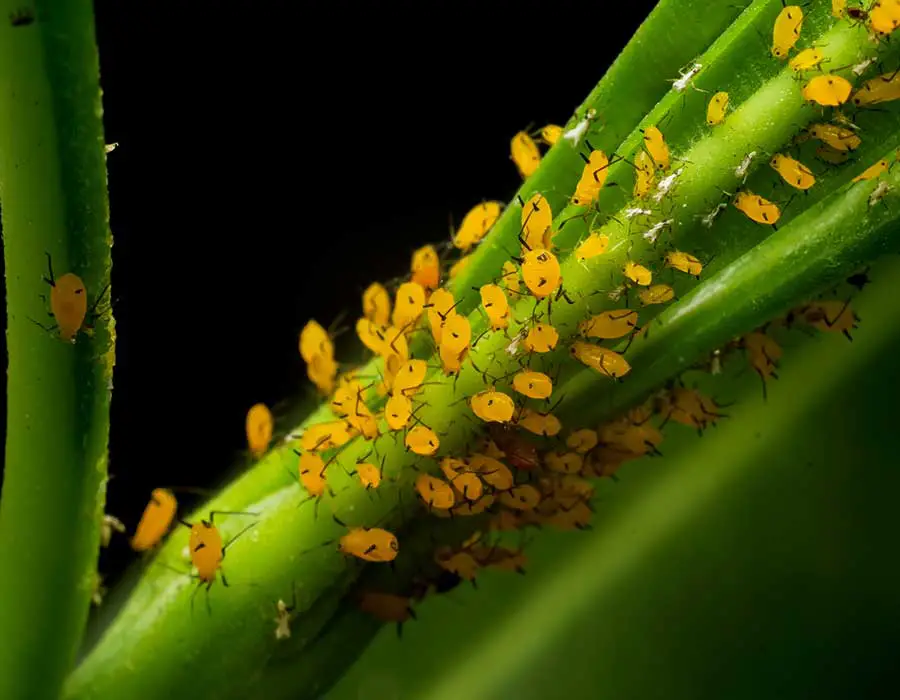
Birds
Birds may be attracted to marigolds due to their bright colors, and they may damage the flowers while seeking nectar or insects. Using bird netting or reflective tape can help deter birds from feeding on marigolds.
Thrips
Thrips are minute, elongated insects that feed on marigold flowers, causing them to appear deformed or discolored. Sticky traps and neem oil can help control thrip populations in the garden.

Other Animals
Rodents, rabbits, and deer can also feed on marigolds. Fencing, mesh barriers, or repellents may be effective in deterring these animals from your garden.
Spider Mites
Spider mites are tiny pests that feed on marigold leaves, webbing them together and causing damage. Frequent water sprays can help wash off spider mites, and predatory insects can provide biological control.
Diseases
While not pests, diseases like powdery mildew and root rot can also affect marigolds. Ensuring proper plant care and using disease resistant cultivars can help prevent these issues.
Preventing Marigold Pests
Proper care and maintenance of marigolds are essential in keeping pests at bay. Adopting a combination of cultural methods, physical barriers, and introducing beneficial insects can effectively deter marigold pests, maintaining the health of your plants.
Cultural Methods
Implementing proper gardening techniques and practices can reduce the presence of pests in your marigold garden. Some recommended cultural methods include:
- Proper spacing: Ensure marigolds are spaced appropriately to allow for ample air circulation, reducing the likelihood of pests and diseases.
- Good sanitation: Keep the garden area clear of debris, fallen leaves, and dying plants, which can harbor pests and provide them with an ideal breeding ground.
- Weed control: Regularly remove weeds that may compete with marigolds for resources and attract pests.
- Crop rotation: Rotate the location of marigolds within the garden each year to prevent build-up of diseases and pests in the soil.
Physical Barriers
Using physical barriers is an efficient way of preventing pests from reaching your marigolds. Some effective barriers include:
- Row covers: Lightweight, porous material such as floating row covers can be placed over marigold plants to keep pests away without restricting their growth.
- Collars: Placing cardboard or plastic collars around the base of marigold plants may deter certain pests, such as cutworms, from crawling onto the plants.
- Netting: Secure fine mesh netting around marigolds to protect them from larger pests, such as birds or rabbits.
Beneficial Insects
Introducing beneficial insects to your garden is an effective way of controlling marigold pests naturally. Some helpful insects that can significantly reduce pest populations include:
- Ladybugs: Ladybugs prey on aphids, spider mites, and other small pests that may be present on marigolds.
- Lacewings: Green lacewings are known to consume aphids, whiteflies, and other small insects that are considered marigold pests.
- Parasitic wasps: These wasps lay their eggs inside the bodies of caterpillars and other pests, effectively controlling their populations.
By combining these three approaches, marigold gardeners can effectively protect their plants from destructive pests, ensuring a healthy and thriving marigold garden.
Marigold Pest Treatment
Marigolds, though often planted as a natural pest deterrent, can still fall victim to various pests. This section will cover treatment options to keep your marigolds healthy and pest-free.
Natural Remedies
Many gardeners prefer natural remedies to protect their marigolds. Some effective options include:
- Diatomaceous Earth: Sprinkle food-grade diatomaceous earth around the base of the marigolds to help deter pests such as slugs and snails.
- Beneficial insects: Introduce beneficial insects like ladybugs and lacewings to your garden to protect your marigolds by consuming aphids and other destructive pests.
- Neem oil: Apply neem oil to your marigolds by diluting it according to the instructions and spraying it on the plants, particularly the undersides of leaves.
These natural remedies are generally safe for the environment and can be an effective way to treat your marigolds without resorting to harsh chemicals.
Chemical Control
When natural remedies are not enough, or a severe infestation is underway, chemical control may be necessary. A few common options include:
- Insecticidal soap: Use insecticidal soap to treat soft-bodied pests such as aphids and spider mites. Apply the soap according to the label directions, targeting all affected areas.
- Pyrethroids: Synthetic, fast-acting insecticides based on pyrethrin can help control various marigold pests. Ensure you follow the product instructions closely to minimize harm to beneficial insects.
- Systemic insecticides: In severe cases, systemic insecticides can be applied to the soil, where they are absorbed by the roots and distributed throughout the plant to provide long-lasting protection against pests.
Always use chemical controls as a last resort, and be sure to follow any safety measures and application instructions given on the product label.
Final Thoughts
Marigolds are often targeted by various pests, but understanding the culprits and implementing proper management practices can keep these vibrant plants thriving. Some common pests that target marigolds include slugs, snails, aphids, and spider mites.
To effectively manage and prevent these pests, gardeners should take several steps:
- Remove debris and potential hiding spots for pests from around the plants.
- Keep a regular check for early signs of infestations, including inspecting plant leaves and stems.
- Introduce beneficial insects, such as ladybugs or lacewings, to control aphids and other pests.
- Employ barriers such as copper tape to deter slugs and snails.
Aside from controlling pests, it is essential to maintain good plant health to help marigolds resist potential issues. This includes providing appropriate watering, adequate sunlight, and balanced fertilization.
Incorporating these practices into regular gardening routines will ensure that marigolds remain vibrant and pest-free, allowing them to brighten up gardens and landscapes for seasons to come.


